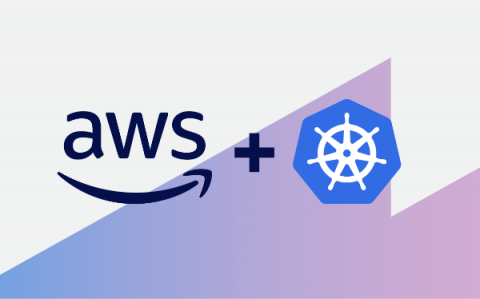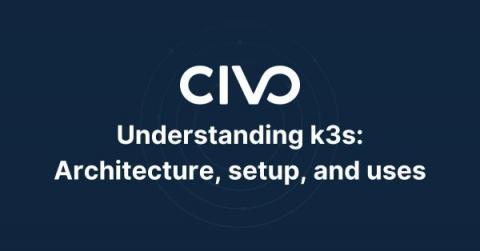Operations | Monitoring | ITSM | DevOps | Cloud
Containers
The latest News and Information on Containers, Kubernetes, Docker and related technologies.
GitOps the Planet #12: Building Argo with Michael Crenshaw
The Art of Using Execution tags to Troubleshoot ECS
In the grand tapestry of software engineering, our journey often winds through labyrinthine layers of application logic. Here, bugs play a compelling game of hide-and-seek, and features dance in an unpredictable ballet. During these instances of fervent exploration, we find ourselves longing for a reliable compass—a secret weapon—to help us decipher the riddles that lie ahead. Cue execution tags, our luminous lighthouse cutting through the dense fog of complexity.
Quickly create performance and regression tests from a Postman collection
Understanding k3s: Architecture, setup, and uses
If you are looking into the cloud-native world, then the chances of coming across the term “Kubernetes” is high. Kubernetes, also known as K8s, is an open-source system that has the primary responsibility of being a container orchestrator. This has quickly become a lifeline for managing our containerized applications through creating automated deployments.
Workshop: 2023 Kubernetes Troubleshooting Challenge
3 Tips to Improve Your Dockerfile Build time
How Our Love of Dogfooding Led to a Full-Scale Kubernetes Migration
The benefits of going cloud-native are far reaching: faster scaling, increased flexibility, and reduced infrastructure costs. According to Gartner®, “by 2027, more than 90% of global organizations will be running containerized applications in production, which is a significant increase from fewer than 40% in 2021.” Yet, while the adoption of containers and Kubernetes is growing, it comes with increased operational complexity, especially around monitoring and visibility.
How to Do Kubernetes Multi-cloud and Hybrid Management Right
The latest surveys show that organizations are struggling to manage multi-cloud environments and overcome problems that include cloud cost, complexity, security, and visibility. In the Flexera 2023 State of the Cloud Report, for example, enterprises cited managing cloud spend and managing multi-cloud environments as their top cloud challenges.











